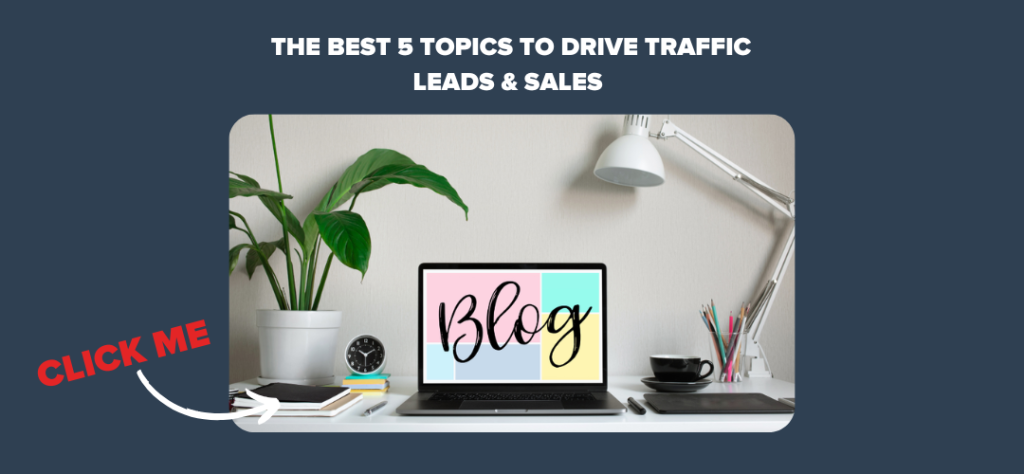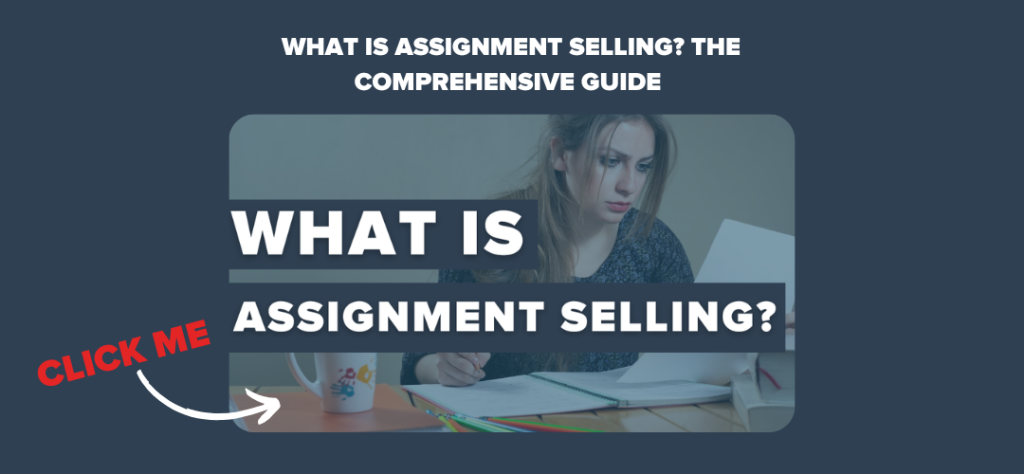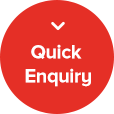If you’re just getting started with HubSpot—or still considering it—you might be expecting it to transform your lead generation overnight. After all, it’s promoted as a “complete” marketing solution. But here’s the reality: no tool alone can make lead gen work. Without a well-defined strategy, even top-tier tools won’t deliver consistent leads. So then, where does this leave you?
As a HubSpot Diamond Partner with experience helping over 300 clients, we know what it takes to make HubSpot work.
In this article, you’ll learn why success with HubSpot requires more than just the tool itself.
We’ll cover how to create a lead gen approach that works—with HubSpot as your support, not your strategy.
The Limitation of Relying on “All-in-One” Tools

You’ve just invested in HubSpot, and it feels like a game-changer. It’s branded as the ultimate “all-in-one” tool, promising to automate your workflows, engage leads, and drive sales like clockwork.
But here’s the reality: no platform alone can make lead generation happen. And we know this, having worked with over 300 businesses just like yours.
Think of HubSpot as a vehicle. A great car won’t get you anywhere without fuel and a destination. Similarly, HubSpot’s strengths can only shine when used as part of a strategic system.
Many users expect that because HubSpot brings together automation, analytics, and lead tracking, it’s going to deliver leads effortlessly. But without a strong foundation—without the right content, audience targeting, and clear alignment between your marketing and sales—it’s just a powerful set of tools with nowhere to go.
The beauty of HubSpot is that it can help drive results if you’re feeding it what it needs: a steady stream of trust-building content and a sales team who’s in the know about what customers are reading and asking.
A CRM can’t create trust. It can’t write content that addresses the real questions your buyers have. And it won’t magically align your sales and marketing teams. That part’s on you.
A tool like HubSpot can be transformational, but only if it’s used to empower a broader strategy. Otherwise, you’ll just find yourself wondering why all those leads HubSpot generated haven’t turned into sales.
When HubSpot is used as a supporting tool—backed by real strategy, planning, and cross-team coordination—it amplifies what’s already working.
This brings to question, what strategies should you be using for lead generation?
Core Strategies for Lead Generation Success

It’s easy to get caught up in shiny tools, but the heart of lead generation isn’t about the tech—it’s about trust.
Think of your own buying experiences.
When you make a purchase, you’re not just buying a product; you’re investing in a promise. The business has to earn your confidence before you’re willing to hand over your money.
The same applies to your leads.
They’re more informed than ever, and they don’t want to feel “sold to.” They’re looking for a brand they can believe in—one that anticipates their questions, respects their buying journey, and delivers value from day one.
Read: The Rapidly Changing Buyer and the Impact on Your Bottom Line
This is where your lead generation strategy needs to focus: creating trust with authentic, consistent, and informative content.
Embrace a “They Ask, You Answer” (TAYA) Approach

One of the most powerful ways to build trust is by tackling the questions that potential customers are asking. In fact, Marcus Sheridan’s They Ask, You Answer (TAYA) framework is a game-changer for businesses that want to connect with leads at a deeper level.
The principle is simple: when a prospect has a question, you answer it—openly, honestly, and without fluff. Addressing real concerns builds credibility and positions your brand as a trusted guide rather than a sales pitch.

How does this look in action?
- Start with transparency. If customers want to know about pricing, discuss it openly
- If they’re wondering how you stack up against competitors, give them the facts
- Don’t be afraid to tackle the tough questions—that’s where the gold lies
Read: The Best 5 Topics to Drive Traffic Leads & Sales
Align Sales and Marketing as a Revenue Team
In many businesses, sales and marketing are kept in separate silos, which leads to disconnected messaging and missed opportunities.
Instead, consider aligning these teams under a shared “Revenue Team” model. With marketing creating content that directly addresses sales objections and common questions, and sales leveraging that content during outreach, the impact is massive.
When these teams work together to develop content that speaks directly to customer concerns, your lead generation efforts become more cohesive, targeted, and effective.
Use Content Strategically in the Sales Process (Assignment Selling)
Building trust isn’t just about what you publish on your website. You can also use this content in one-on-one interactions.
This is where Assignment Selling comes in.
Read: What is Assignment Selling? The Comprehensive Guide
By sharing relevant content with prospects during the sales process, you’re educating them, answering their questions, and setting clear expectations before they ever speak to your team.
When done right, Assignment Selling shortens the sales cycle, builds rapport, and qualifies prospects more effectively, leaving you with leads that are both informed and ready to buy.
HubSpot should support these strategies, not direct them. Remember, HubSpot is a tool used as a vehicle for your strategy. Get the strategy right first.
Using HubSpot as a Supporting Tool, Not a Lead Gen Engine
Think of HubSpot as the framework that supports your lead gen strategy—not the driver.
HubSpot’s value shines when it’s treated as the vehicle that powers a plan you’ve carefully mapped out, rather than a one-size-fits-all solution.
Here’s some of the things HubSpot can do for you from a features point of view:
| CRM Hub | Marketing Hub | Sales Hub | Service Hub | Operations Hub |
| Contact and deal tracking | Email marketing | Email templates | Ticketing system | Data syncing across apps |
| Activity logging | Social media management | Deal tracking | Knowledge base creation | Data cleaning tools |
| Pipeline management | Ad management | Pipeline management | Customer feedback surveys | Workflow automation |
| Email and call tracking | Lead nurturing & automation | Task automation | Live chat | Customised data fields |
| Custom reports and dashboards | Landing page and blog creation tools | Meeting scheduler | Customer support tracking | Integration with third-party platforms |
| Centralised customer data | A/B testing and analytics | Sales reporting and analytics | Customer satisfaction metrics | Real-time updates |
| Sales and marketing alignment | Content personalisation and optimisation | Lead scoring | Self-service knowledge resources | Unified data for centralised reporting |
These capabilities only become valuable when they support a broader strategy focused on trust and education. When you use HubSpot to support a greater strategy, you can have full visibility over your marketing and sales efforts.
Here’s some examples of how HubSpot can boost each part of your process when integrated purposefully:
- Content Distribution – Use HubSpot’s blog and social scheduling tools to publish the right content at the right time. This keeps your audience engaged and gradually builds that foundation of trust
- Lead Nurturing – When you have a solid understanding of your leads’ needs, HubSpot’s workflows let you follow up meaningfully. Imagine a prospect receives tailored content in response to questions they’re asking—that’s real engagement
- Sales Enablement – Empower your sales team by providing them with insight into prospect behaviour. They can see if a lead has read a specific article or watched a video, allowing them to personalise their approach
- Analytics and Optimisation – HubSpot’s analytics feature shows you what resonates with your audience, so you can double down on what works and refine what doesn’t
HubSpot is only as powerful as the strategy behind it.
When you treat it as a tool within a larger plan—one focused on real customer concerns and educational content—you’ll find it has everything you need to support long-term, quality lead generation.
Setting Realistic Expectations for HubSpot’s Role
Here’s the hard truth: no single tool, not even HubSpot, will replace the need for a smart, people-centred strategy.
While HubSpot can amplify your results, the tool itself won’t magically generate leads or convert them into sales without a focused plan behind it.
Start by defining clear goals. Do you want HubSpot to nurture leads, streamline communication, or provide insights? By setting targeted expectations, you give HubSpot a specific role rather than expecting it to solve everything at once. Success here means continuously refining your process based on data, keeping what works, and iterating on what doesn’t.
You should also be prepared to optimise over time. Use HubSpot’s reporting to identify which pieces of content drive engagement and let the data guide adjustments to your strategy.
With a bit of patience and regular analysis, HubSpot can reveal where your strategy is strong—and where it may need refining.
In short, HubSpot is one part of a larger ecosystem, not the entire solution. It’s a platform built to support your lead gen efforts but not to replace the ongoing work of targeting, content creation, and sales nurturing.
By understanding and setting realistic expectations, you’ll be positioned to maximise HubSpot’s potential in the ways that matter most for your unique business needs.
Next, check out our guide on the top 5 HubSpot features.
















